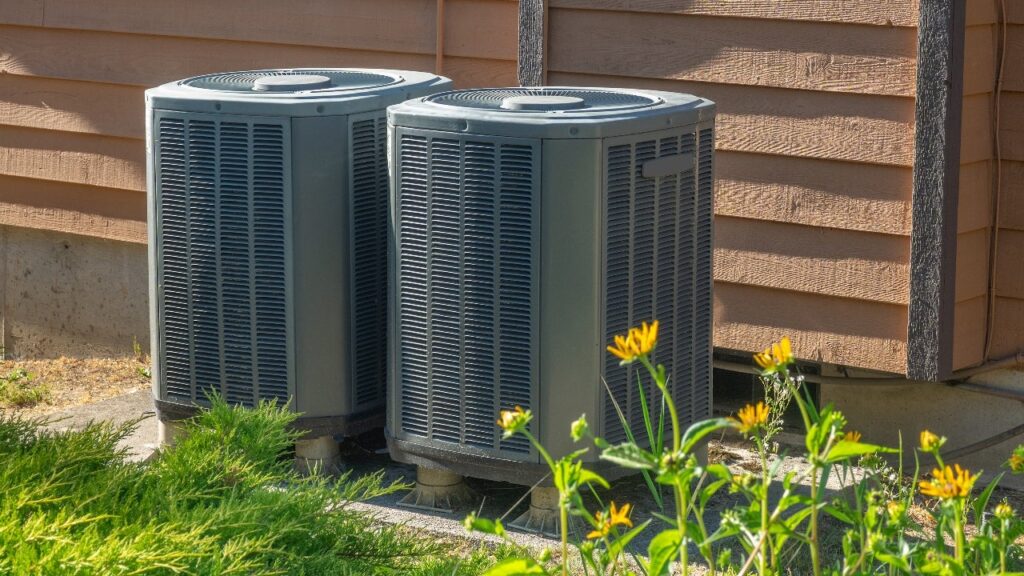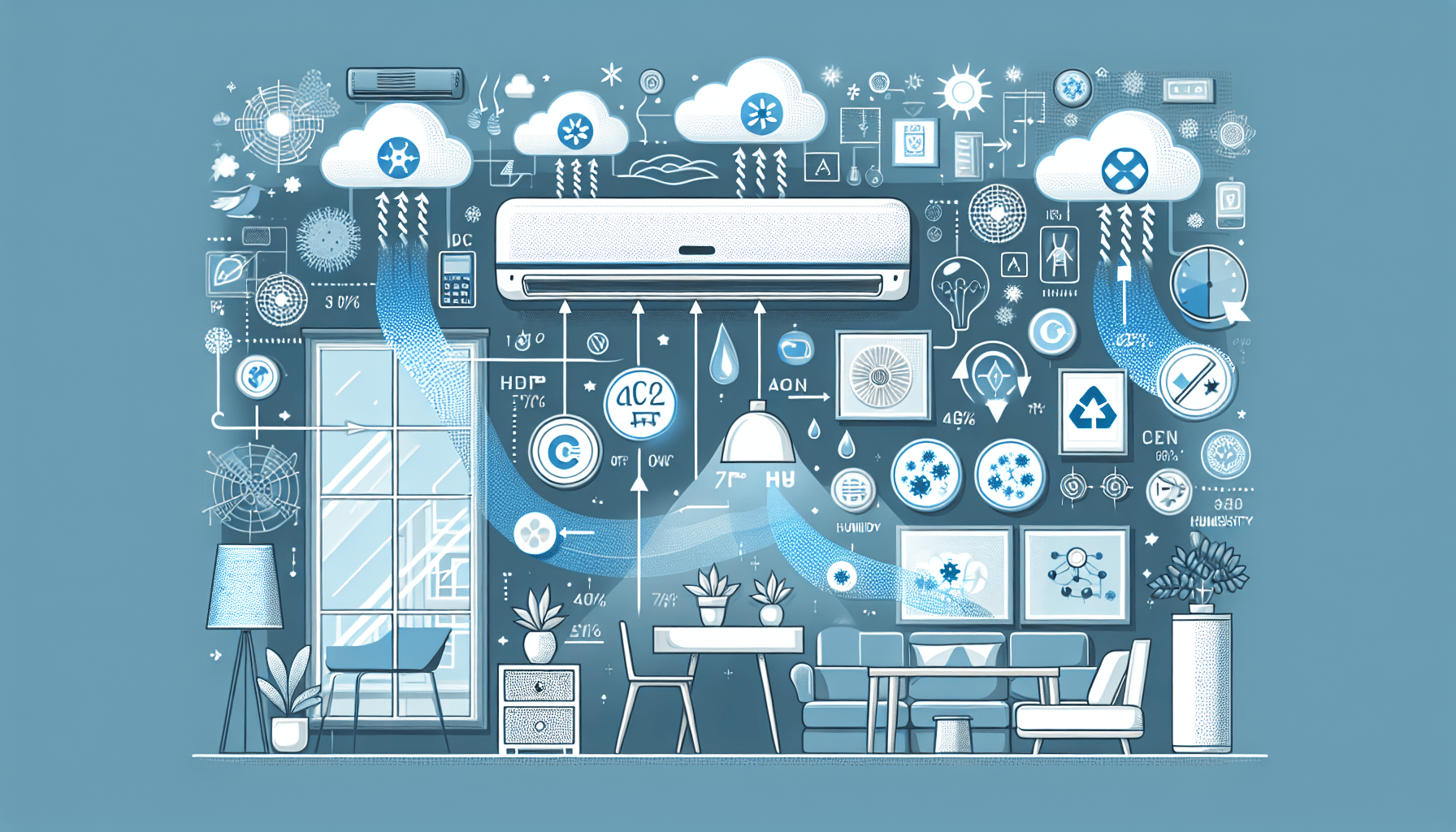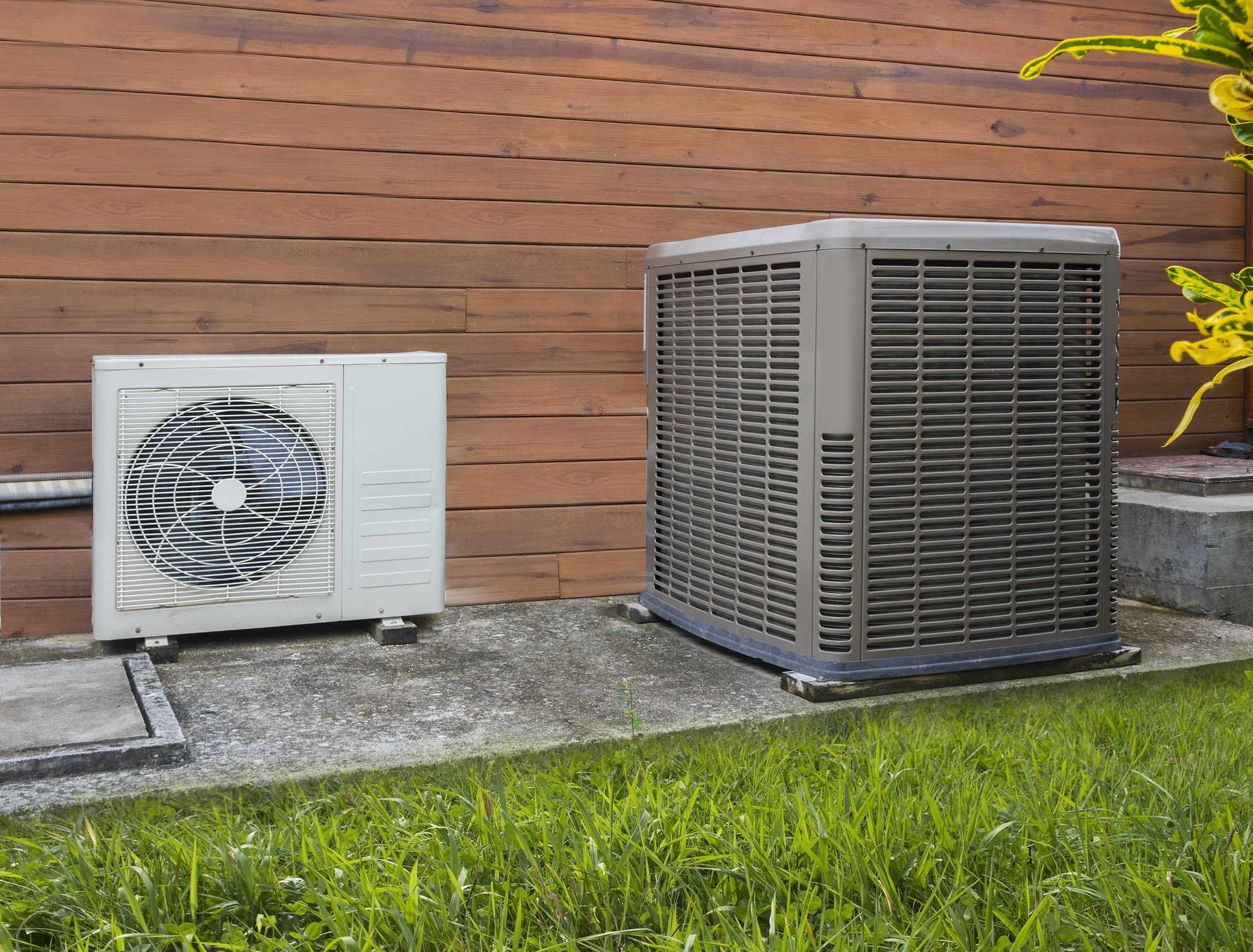Looking to beat the summer heat? If you’re wondering about the cost of air conditioning units, look no further. This article has all the answers you need about how much AC units typically cost. Whether you’re considering a window unit for a small space or a central air system for your entire home, we’ve got you covered. From budget-friendly options to top-of-the-line models, we’ll explore the different factors that influence AC unit prices. Stay cool and informed with this comprehensive guide on the cost of AC units.
Factors affecting the cost of AC units
When it comes to AC units, there are several factors that can affect their cost. Understanding these factors can help you make informed decisions when purchasing an AC unit for your home or office. From the type of AC unit to the additional features it offers, each factor plays a role in determining the price you will pay. Let’s take a closer look at these factors to get a better understanding of how they can impact the cost of AC units.
Type of AC unit
The first factor to consider is the type of AC unit you choose. There are several options available in the market, each with its own advantages and price range. The most common types of AC units include window air conditioners, central air conditioning systems, ductless mini-split systems, and portable air conditioners. Each type comes with its own unique set of features and installation requirements, which can influence its price.
BTU capacity
BTU (British Thermal Unit) capacity is another significant factor to consider when determining the cost of an AC unit. BTU capacity refers to the cooling power of the unit, and it determines the size of the space that the AC unit can effectively cool. AC units with higher BTU capacities are typically more expensive, as they can cool larger areas. On the other hand, AC units with lower BTU capacities are suitable for smaller rooms and come at a lower price point.
Energy efficiency rating
Energy efficiency rating is an essential factor to consider both for the environment and your wallet. AC units with higher energy efficiency ratings consume less electricity, resulting in lower energy bills. However, these units generally cost more upfront. On the other hand, AC units with lower energy efficiency ratings may have a lower upfront cost but can end up costing you more in the long run due to higher energy consumption.
Installation requirements
The cost of installation can vary depending on the type of AC unit you choose and the specific requirements it has. Window air conditioners are typically the easiest to install, as they can be mounted in a window frame. Central air conditioning systems require ductwork and may involve more extensive installation procedures, which could increase the installation cost. Ductless mini-split systems also require professional installation, but they are generally less complex than central air conditioning systems. Portable air conditioners are the easiest to install, as they can be moved from room to room without any permanent installation.
Additional features
AC units come with various additional features that can enhance comfort and convenience. Some common additional features include remote controls, programmable timers, sleep modes, and advanced filtration systems. These additional features can add to the overall cost of the AC unit. While they may come with a higher price tag, they can offer significant benefits and improve your overall cooling experience.
Types of AC units
Before delving into the specific factors that affect the cost of AC units, let’s explore the different types of AC units available in the market. Understanding the features and benefits of each type can help you determine which one suits your needs and budget.
Window air conditioners
Window air conditioners are a popular choice for cooling individual rooms or small spaces. As the name suggests, these units are installed in a window frame and provide localized cooling. They are relatively affordable and easy to install, making them a convenient option for renters or those on a tight budget. However, window air conditioners may not be suitable for larger spaces or multiple rooms.
Central air conditioning
Central air conditioning systems are designed to cool an entire house or building. These systems involve ductwork and a central unit that is typically located outside the premises. Central air conditioning provides uniform cooling throughout the space and allows for precise temperature control. However, the installation of central air conditioning systems is more involved and costly compared to other types of AC units.
Ductless mini-split systems
Ductless mini-split systems are a flexible and energy-efficient option for cooling individual rooms or specific zones. These systems consist of an outdoor unit and one or more indoor units installed in each room or zone. Ductless mini-split systems offer easy installation and zoning capabilities, allowing for efficient cooling only in the areas where it is needed. While they may have a higher upfront cost compared to window air conditioners, they offer greater flexibility and energy savings.
Portable air conditioners
Portable air conditioners offer the most flexibility in terms of installation and portability. These units can be easily moved from room to room and do not require permanent installation. Portable air conditioners are a practical option for renters or those who do not want to invest in a permanent cooling solution. However, they may not offer the same level of cooling power as other types of AC units and may require regular maintenance.
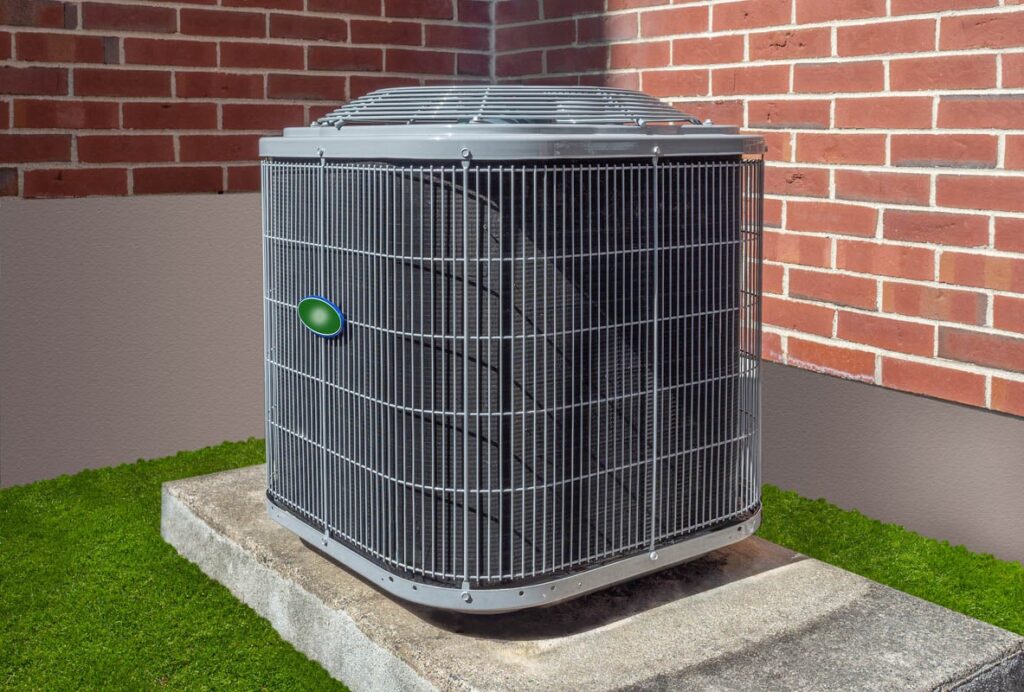
Average prices of AC units by type
To give you a better idea of the cost range for each type of AC unit, let’s take a look at the average prices for window air conditioners, central air conditioning systems, ductless mini-split systems, and portable air conditioners.
Window air conditioners
On average, window air conditioners can range in price from $150 to $800, depending on their BTU capacity, energy efficiency rating, and additional features. Smaller units with lower BTU capacities tend to be more affordable, while larger units with higher BTU capacities and energy efficiency ratings will be at the higher end of the price range.
Central air conditioning
The cost of central air conditioning systems can vary significantly, depending on factors such as the size of the home, type of compressor, ductwork modifications required, additional features, and brand. On average, the cost of installing a central air conditioning system can range from $3,000 to $7,500, including both equipment and installation expenses.
Ductless mini-split systems
Ductless mini-split systems are generally more expensive than window air conditioners but offer greater flexibility and energy efficiency. The average cost of a ductless mini-split system, including installation, can range from $3,000 to $5,000, depending on the number of indoor units, BTU capacity, energy efficiency rating, installation requirements, and brand.
Portable air conditioners
Portable air conditioners are the most affordable option among the different types of AC units. On average, you can expect to pay between $200 and $700 for a portable air conditioner. The price may vary depending on the BTU capacity, energy efficiency rating, mobility and portability features, additional functions, and brand.
Factors affecting the cost of window air conditioners
Now that we have explored the different types of AC units and their average prices, let’s dig deeper into the factors that can affect the cost of window air conditioners.
BTU capacity
The BTU capacity of a window air conditioner is one of the primary factors influencing its cost. Higher BTU capacities provide more cooling power and can effectively cool larger rooms or spaces. Window air conditioners with higher BTU capacities typically have higher price tags due to the enhanced cooling capabilities they offer. On the other hand, units with lower BTU capacities are suitable for smaller rooms and are generally more affordable.
Energy efficiency rating
Energy efficiency ratings, represented by the SEER (Seasonal Energy Efficiency Ratio), indicate the energy efficiency of an AC unit. Higher SEER ratings mean greater energy efficiency, resulting in lower energy consumption and reduced energy bills. Window air conditioners with higher SEER ratings tend to have higher upfront costs but can lead to long-term savings in terms of energy expenses.
Additional features
Window air conditioners can come with various additional features that enhance user convenience and comfort. Some popular additional features include remote controls, digital displays, programmable timers, multiple fan speeds, sleep modes, and advanced filtration systems. While these additional features may increase the overall cost of the unit, they can greatly improve the cooling experience and provide added convenience.
Brand
The brand of the window air conditioner can also impact its cost. Well-known brands with established reputations may have higher price tags due to their brand recognition, quality, and reliability. However, lesser-known brands can offer more budget-friendly options without compromising too much on performance. It is essential to consider factors such as warranty, customer reviews, and brand reputation when choosing a window air conditioner based on the brand.
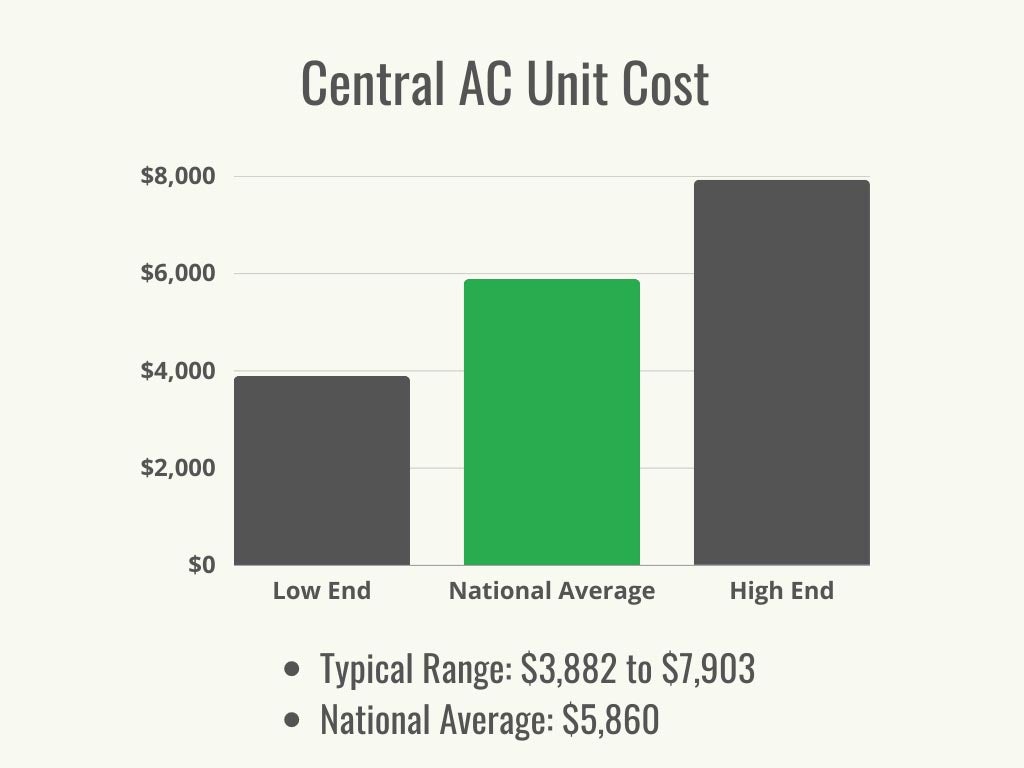
Factors affecting the cost of central air conditioning
Moving on to central air conditioning systems, there are several factors that can influence their cost. Let’s take a closer look at these factors to understand how they impact the price of central air conditioning.
Size of the home
The size of your home plays a crucial role in determining the cost of a central air conditioning system. A larger home requires a more powerful and larger-capacity system, which will come at a higher cost. The square footage of your home, the number of stories, and the number of rooms to be cooled all contribute to the size requirements of the system.
Type of compressor
Central air conditioning systems can have different types of compressors, such as single-stage, two-stage, or variable-speed compressors. Each type of compressor has its own benefits and price range. Single-stage compressors are the most basic and least expensive, while two-stage and variable-speed compressors offer improved energy efficiency and enhanced comfort at a higher upfront cost.
Ductwork modifications
If your home does not have existing ductwork or if significant modifications are required to the existing ductwork, it can add to the cost of central air conditioning installation. The complexity of the ductwork modifications and the amount of work required will impact the overall installation cost. Additionally, factors such as the number of vents, registers, and the accessibility of the ductwork can also influence the installation expenses.
Additional features
Central air conditioning systems can offer a range of additional features to improve comfort and convenience. These features can include programmable thermostats, zoning capabilities, humidity control, air purifiers, and smart home integration. While these features may increase the initial cost of the system, they can provide significant benefits and improve the overall cooling experience.
Brand
Similar to window air conditioners, the brand of the central air conditioning system can affect its cost. Well-established, reputable brands often command higher prices due to their brand recognition, quality, and reliability. However, lesser-known brands can offer more affordable options without compromising on performance. It’s important to consider factors like warranty, customer reviews, and brand reputation when selecting a central air conditioning system based on the brand.
Factors affecting the cost of ductless mini-split systems
Now let’s explore the factors that can influence the cost of ductless mini-split systems. Understanding these factors can help you determine the price range you can expect when considering this type of AC unit.
Number of indoor units
Ductless mini-split systems consist of an outdoor unit and one or more indoor units installed in each room or zone. The number of indoor units required will impact the overall cost of the system. The more indoor units needed to cool multiple areas, the higher the upfront cost will be. It’s important to carefully assess your cooling needs and determine the number of indoor units necessary for your space.
BTU capacity
Similar to other types of AC units, the BTU capacity of a ductless mini-split system affects its cost. Higher BTU capacities provide more cooling power and are suitable for larger areas. Ductless mini-split systems with higher BTU capacities will generally have higher price tags. Conversely, units with lower BTU capacities are more affordable and suitable for smaller rooms or zones.
Energy efficiency rating
Energy efficiency rating, represented by the SEER (Seasonal Energy Efficiency Ratio), is an important consideration when purchasing a ductless mini-split system. Units with higher SEER ratings are more energy-efficient and can help lower energy consumption and utility bills. However, higher SEER ratings often come at a higher upfront cost.
Installation requirements
The complexity of the installation requirements can impact the cost of a ductless mini-split system. Factors such as the accessibility of the installation location, the distance between the outdoor and indoor units, and the need for any additional electrical or structural work can influence the overall installation cost. It is recommended to consult with a professional installer to assess the specific installation requirements for your space and budget accordingly.
Brand
The brand of the ductless mini-split system can also affect its cost. Well-known brands with established reputations may have higher prices, reflecting their brand recognition, quality, and reliability. However, lesser-known brands can offer more budget-friendly options without compromising on performance. Like with any AC unit, it is important to consider factors such as warranty, customer reviews, and brand reputation when making a decision based on the brand.
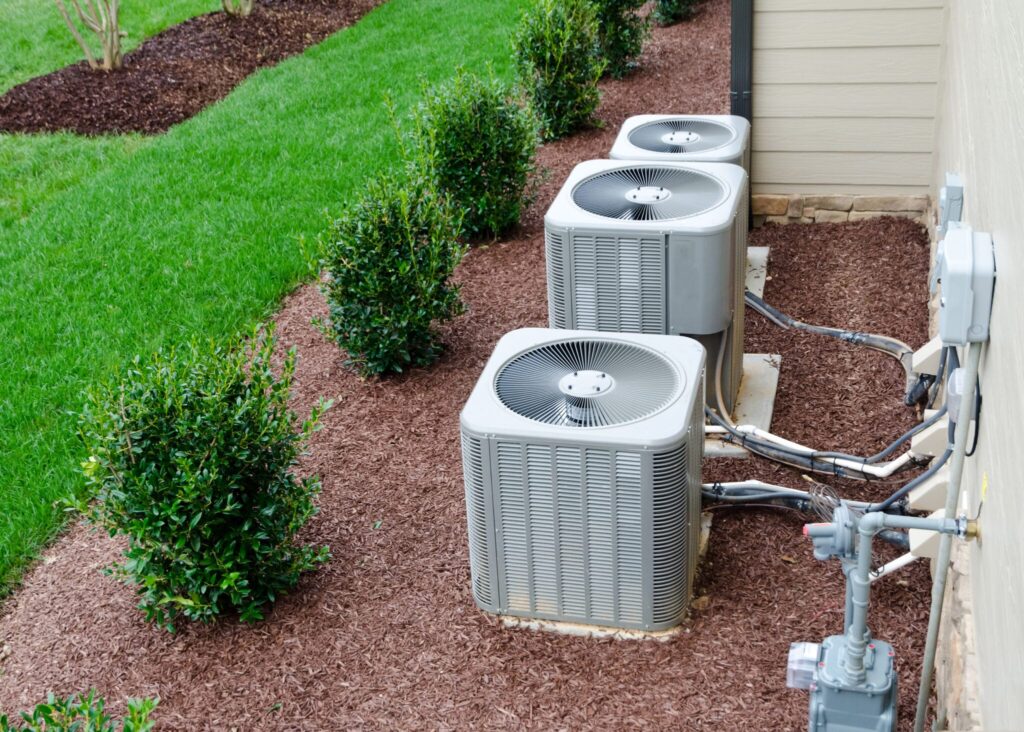
Factors affecting the cost of portable air conditioners
Lastly, let’s explore the factors that can impact the cost of portable air conditioners. Understanding these factors will help you determine the price range for this type of AC unit.
BTU capacity
The BTU capacity of a portable air conditioner is an important factor to consider when assessing its price. Higher BTU capacities provide more cooling power and can effectively cool larger rooms. Portable air conditioners with higher BTU capacities typically have higher prices. On the other hand, units with lower BTU capacities are more affordable and suitable for smaller areas.
Energy efficiency rating
Energy efficiency rating, represented by the SEER (Seasonal Energy Efficiency Ratio), can also affect the cost of a portable air conditioner. Units with higher SEER ratings consume less energy, resulting in lower energy bills. However, portable air conditioners with higher SEER ratings may have a higher upfront cost.
Mobility and portability
The level of mobility and portability can contribute to the cost of a portable air conditioner. Units with more advanced mobility features, such as wheels for easy movement or compact designs for portability, may have higher prices compared to basic models. Consider your specific needs and preferences when deciding on the level of mobility and portability required for your space.
Additional features
Portable air conditioners may come with additional features that enhance convenience and comfort. Some common additional features include remote controls, digital displays, programmable timers, multiple fan speeds, sleep modes, and advanced filtration systems. While these features may increase the overall cost of the unit, they can significantly improve your cooling experience and provide added convenience.
Brand
As with other types of AC units, the brand of the portable air conditioner can influence its cost. Well-known brands often come with higher price tags due to their brand recognition, quality, and reliability. However, lesser-known brands can offer more budget-friendly options without compromising too much on performance. Consider factors such as warranty, customer reviews, and brand reputation when determining the right portable air conditioner for your needs.
Average prices of AC units by BTU capacity
Understanding the average prices of AC units based on BTU capacity can help you determine which range fits your budget and cooling requirements. Take a look at the average prices for AC units in different BTU capacity categories.
5,000 – 10,000 BTU
AC units with BTU capacities ranging from 5,000 to 10,000 typically cost between $150 and $500. The price varies depending on factors such as the type of AC unit, energy efficiency rating, additional features, and brand.
10,000 – 15,000 BTU
In the 10,000 to 15,000 BTU range, AC units can range in price from $300 to $900. The cost will depend on factors such as the type of AC unit, energy efficiency rating, additional features, and brand.
15,000 – 20,000 BTU
AC units with BTU capacities between 15,000 and 20,000 have an average price range of $600 to $1,500. The price will vary based on factors such as the type of AC unit, energy efficiency rating, additional features, and brand.
20,000+ BTU
For AC units with BTU capacities above 20,000, the average price range is $1,200 to $3,500. The price will depend on factors such as the type of AC unit, energy efficiency rating, additional features, and brand.
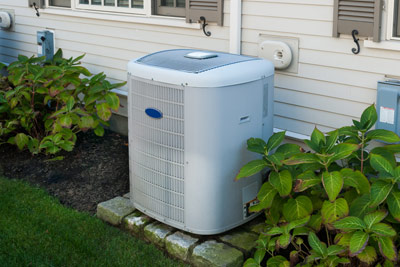
Average prices of AC units by energy efficiency rating
Considering the energy efficiency rating of an AC unit can help you determine its long-term cost-effectiveness. Let’s explore the average prices of AC units based on their SEER ratings.
SEER 13 – 14
AC units with SEER ratings between 13 and 14 typically have an average price range of $300 to $800. The cost will vary depending on factors such as the type of AC unit, BTU capacity, additional features, and brand.
SEER 15 – 16
In the SEER 15 to 16 range, AC units can range in price from $500 to $1,200. The price will depend on factors such as the type of AC unit, BTU capacity, additional features, and brand.
SEER 17 – 18
AC units with SEER ratings between 17 and 18 generally have an average price range of $800 to $1,500. The cost will vary based on factors such as the type of AC unit, BTU capacity, additional features, and brand.
SEER 19+
For AC units with SEER ratings above 19, the average price range is $1,200 to $3,500. The price will depend on factors such as the type of AC unit, BTU capacity, additional features, and brand.
Additional costs associated with AC units
In addition to the initial purchase cost of an AC unit, there are several other factors to consider that can contribute to the overall cost over time. Let’s explore these additional costs associated with AC units.
Installation
Installation expenses can vary depending on the type of AC unit and the specific installation requirements. Professional installation is typically recommended to ensure proper functioning and longevity of the AC unit. The cost of installation can range from a few hundred dollars for window air conditioners to several thousand dollars for central air conditioning systems. It is crucial to budget for installation costs when considering the overall investment in an AC unit.
Maintenance and repairs
Regular maintenance is essential to keep your AC unit running efficiently and effectively. This can include cleaning or replacing filters, inspecting and cleaning coils, lubricating moving parts, and checking refrigerant levels. Professional maintenance services may range from $75 to $200 per visit, depending on the complexity and scope of the maintenance tasks. Additionally, repairs may be necessary at some point, and the cost of repairs can vary depending on the specific issue and required replacement parts.
Energy consumption
The energy consumption of an AC unit can contribute significantly to your overall energy bills. AC units with higher energy efficiency ratings consume less energy and can result in lower monthly energy costs. However, it’s important to consider the energy consumption of the AC unit when assessing its long-term cost.
Extended warranties
Purchasing an extended warranty can offer added protection and peace of mind for your AC unit. Extended warranties typically cover repairs and potential replacements beyond the manufacturer’s warranty period. The cost of extended warranties varies depending on the duration and coverage offered. While an extended warranty may add to the overall cost of the AC unit, it can provide financial security and protection against unexpected repair expenses.
In conclusion, the cost of AC units can be influenced by factors such as the type of unit, BTU capacity, energy efficiency rating, installation requirements, additional features, brand, and maintenance costs. By considering these factors and understanding their impact, you can make an informed decision when choosing the right AC unit for your cooling needs and budget. Remember to consult with professionals and gather multiple quotes to find the best fit for your specific requirements.
